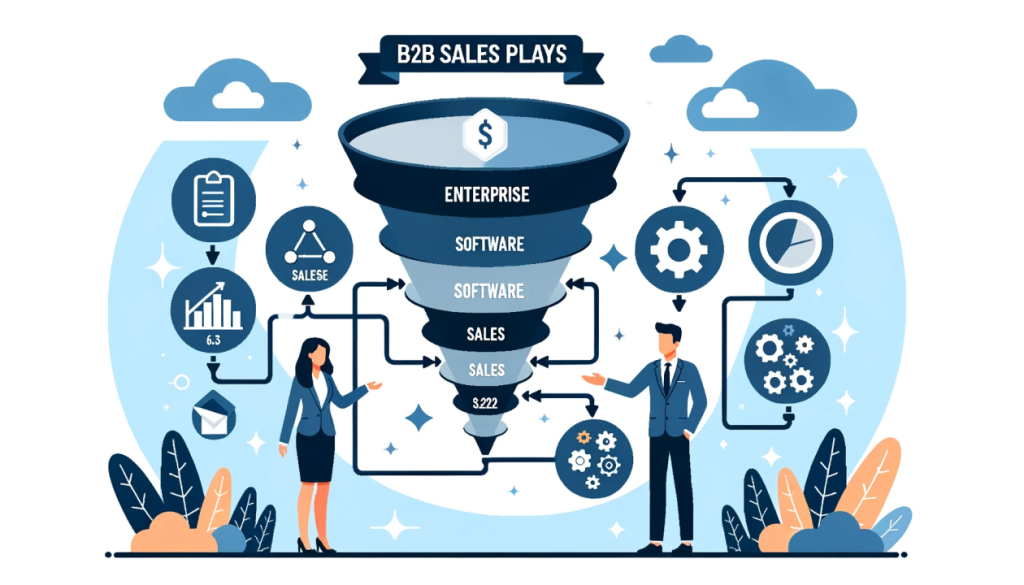Revolutionizing CTV Advertising for Everyone
The global transition from traditional television to Connected TV (CTV) is reshaping the advertising industry. CTV ad spend in 2024 is projected to reach $23 billion, a 35% increase over online video advertising. This surge is fueled by the unparalleled advantages CTV offers, including:
- Precise Targeting: CTV advertising enables granular targeting based on demographics, interests, and viewing habits. Advertisers can leverage data to reach specific audience segments, maximizing the efficiency of their campaigns. This is a significant departure from traditional TV advertising’s broad-reach approach, which often resulted in wasted impressions.
- Measurable Results: Unlike traditional TV, CTV provides detailed metrics on ad performance. Advertisers can track impressions, completion rates, and even conversions, allowing for data-driven optimization. This level of measurability empowers advertisers to refine their strategies and maximize ROI.
- Enhanced Engagement: CTV ads are often shown on larger screens with high-quality audio, creating a more immersive and engaging experience for viewers. Studies have shown that CTV ads have higher completion rates and attention rates compared to other digital advertising formats. This increased engagement translates into a greater impact for advertisers.
Despite its promise, the CTV advertising ecosystem faces several significant challenges that are hindering its growth and preventing it from reaching its full potential.
Low CTV Advertising Fill Rates
Low ad fill rates are a persistent problem in the CTV advertising industry. Fill rate refers to the percentage of available ad inventory that is actually sold to advertisers. Low fill rates mean that many ad slots remain empty, leading to lost revenue opportunities for CTV platforms and a less engaging experience for viewers.
- FAST channels, which offer free ad-supported streaming, have particularly low fill rates. One study by One Touch Intelligence found that the average fill rate for FAST channels was only 38%.
- Premium CTV inventory, which includes ad slots on popular streaming services like Netflix and Hulu, typically has higher fill rates, ranging from 60% to 90%. However, even these rates are significantly lower than what is typically seen in other digital advertising channels, such as display and search advertising.
- Platforms that rely primarily on programmatic advertising, where ads are bought and sold automatically using algorithms, tend to have lower fill rates than those that also utilize direct sales, where ads are sold directly to advertisers.
Several factors contribute to these low fill rates, including:
- An oversupply of CTV ad inventory relative to advertiser demand. This is partly due to the rapid growth of CTV platforms and the proliferation of FAST channels.
- Fragmentation of the CTV ecosystem with a wide variety of devices, operating systems, and streaming services making it difficult for advertisers to reach their target audiences effectively. This fragmentation also complicates measurement and attribution, making it harder for advertisers to justify their CTV ad spend.
- The high cost of producing CTV video ads, which discourages smaller advertisers from entering the market.
Low fill rates can have several negative consequences for the CTV advertising industry:
- Lost revenue for CTV platforms: Empty ad slots represent missed opportunities to generate revenue. This can make it difficult for CTV platforms to invest in content and technology, ultimately hindering their growth.
- A poorer viewer experience: When ad slots are not filled, viewers may be subjected to repetitive ads, public service announcements, or simply blank screens. This can lead to viewer frustration and churn.
- Slower growth of the CTV advertising market: Low fill rates can discourage advertisers from investing in CTV, limiting the growth potential of this promising channel.
High Cost of Video Ad Creative
The high cost of producing high-quality video ad creative is a major barrier for many advertisers, especially SMBs. Traditionally, producing a professional video commercial for CTV could cost tens of thousands of dollars. This is because video production involves a complex process that requires specialized skills and equipment.
- The cost of video ad creative can be prohibitive for SMBs with limited marketing budgets. As a result, many SMBs are excluded from the CTV advertising market, further contributing to the problem of low fill rates.
- Even larger brands may be hesitant to invest in expensive CTV ad creative if they are uncertain about the return on investment. The lack of standardized measurement and attribution in the CTV ecosystem can make it difficult for advertisers to justify the high cost of producing video ads.
Fragmentation Frustration: The Measurement Maze
The lack of standardized measurement and reporting across platforms remains a major hurdle for advertisers. With viewers accessing content through a myriad of devices and streaming services, obtaining a comprehensive view of campaign reach and impact is a complex endeavor.
- Data Discrepancies: Different CTV platforms employ varying methodologies for measuring ad impressions and engagement, leading to discrepancies in reporting. This lack of uniformity makes it difficult for advertisers to compare performance across platforms and optimize their campaigns effectively.
- Attribution Complexities: Attributing conversions to CTV campaigns is another challenge. As viewers often interact with ads across multiple devices, accurately determining which touchpoints influenced a purchase requires sophisticated attribution models that can account for cross-device behavior.
The High Cost of Entry: Leaving SMBs Behind
The CTV advertising landscape is often dominated by large brands due to high minimum spend requirements and complex buying processes. This creates a barrier to entry for many SMBs, limiting their ability to leverage the power of CTV advertising.
- Premium Inventory Costs: Access to high-quality CTV inventory on popular streaming services often comes at a premium price, putting it out of reach for businesses with limited advertising budgets.
- Production Expenses: Creating high-quality video ads for CTV can be expensive, requiring specialized production resources that many SMBs lack. This reinforces the need for affordable and accessible ad creation tools to level the playing field for smaller businesses.
Conclusion: Collaboration and Innovation Are Key
The future of CTV advertising is promising, but achieving its full potential requires a collective effort to address the industry’s growing pains. Collaboration between advertisers, media agencies, technology providers, and streaming platforms is crucial to create a more transparent, accessible, and measurable ecosystem.
- Standardized Measurement: The industry must establish common metrics and methodologies for measuring CTV ad performance. This will require collaboration between measurement providers, platforms, and industry organizations, such as the IAB Tech Lab, to develop and adopt standardized frameworks like the Open Measurement Software Development Kit (OM SDK).
- Lower Barriers to Entry: Platforms and technology providers should prioritize solutions that democratize access to CTV advertising for SMBs. This includes reducing minimum spend requirements, simplifying buying processes, and providing self-serve platforms that streamline campaign management. AI-powered tools like those offered by streamr.ai and Waymark can also help to reduce ad production costs and make CTV advertising more accessible.
- Enhanced Transparency: All stakeholders in the CTV advertising supply chain must commit to greater transparency. This involves providing detailed information about ad inventory sources, placement practices, and audience data. Initiatives like the Digital Advertising Alliance’s AdChoices program for CTV are crucial to empower viewers with control over their data and enhance trust in the industry.
By tackling these challenges head-on, the CTV advertising industry can unlock its full potential, creating a thriving marketplace that benefits advertisers, viewers, and streaming platforms alike. If you’re ready to navigate the complexities of CTV advertising and capitalize on its vast Enterprise B2B revenue opportunities, please don’t hesitate to reach out.



